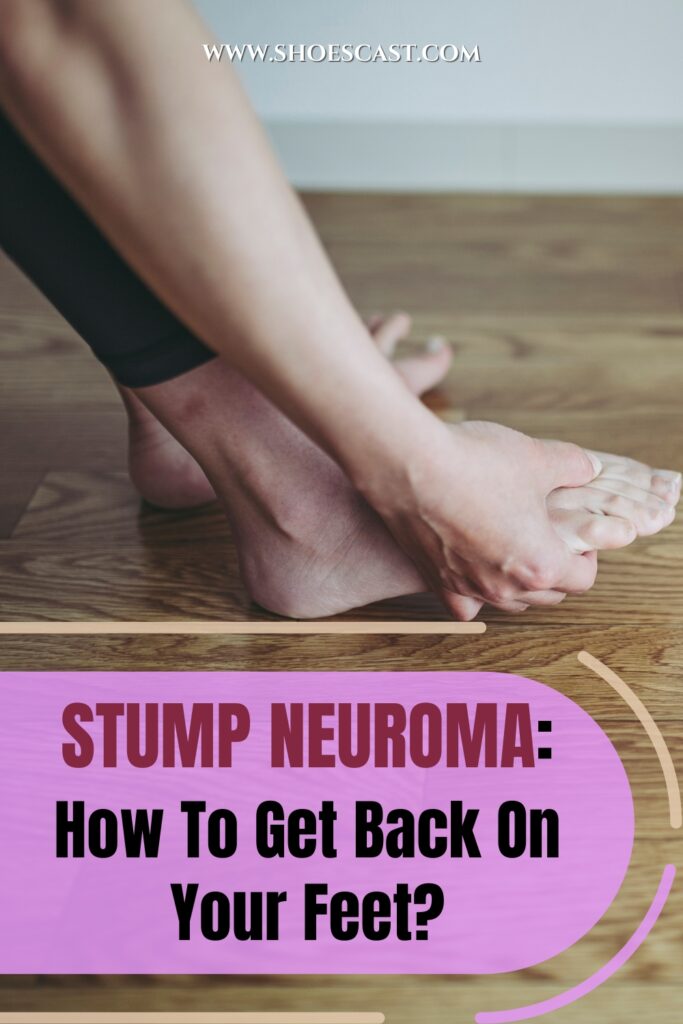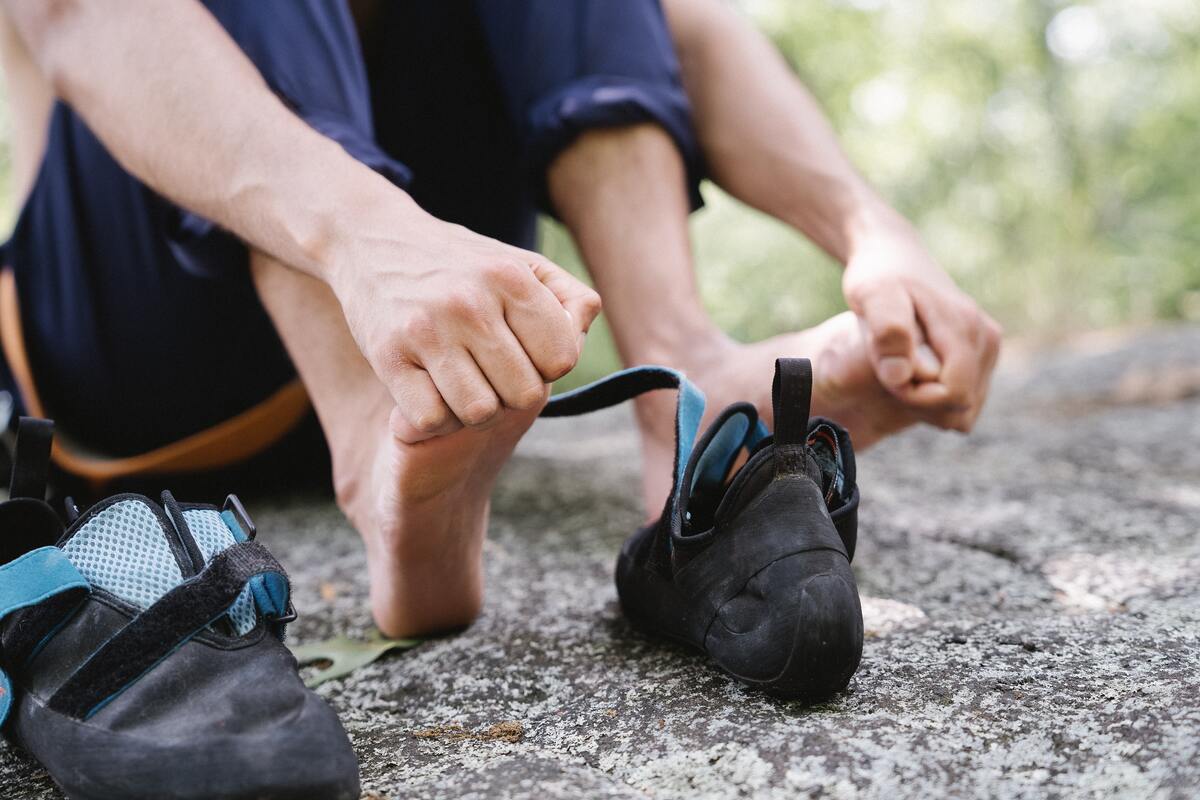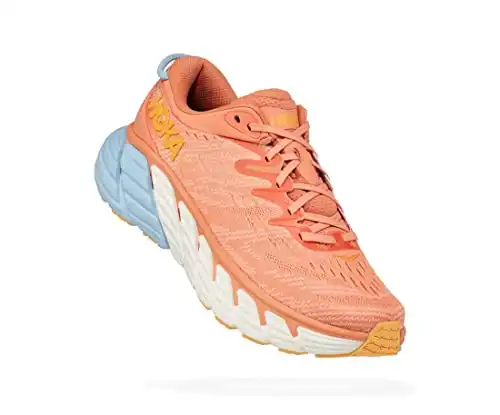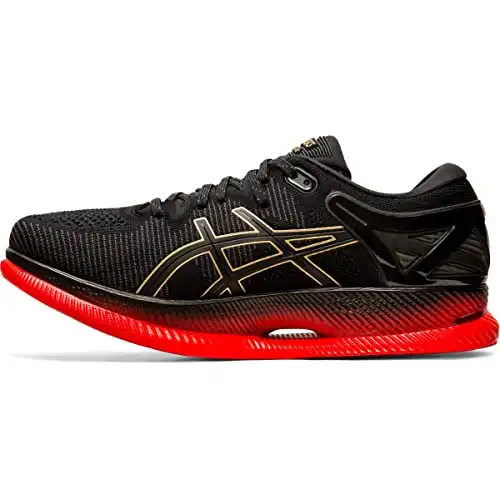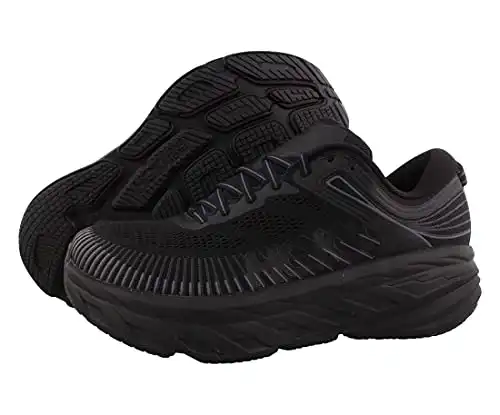Have you been experiencing a tingling or burning sensation in your foot, followed by a feeling like there’s always a pebble stuck in your shoe? Well, you may be dealing with a condition called stump neuroma. Don’t worry, it’s not as scary as it sounds.
So, what exactly is a stump neuroma? Let’s start with the basics. It’s the thickening of nerve tissue that often affects feet. It usually develops in the spaces between toes, most commonly between the third and the fourth toe. But, more on that later.
Although it’s not too serious, this condition can be highly uncomfortable and painful, especially with the wrong choice of footwear. If you suspect you may have it, don’t hesitate to talk to your doctor. The sooner they give you a diagnosis, the sooner you get to treat it!
What kind of shoes you wear and what kind of activities you do plays a big role in how soon you’ll be back on your feet. But don’t worry, we’re here to help you understand this condition and find out what you can do to make it less painful.
If you’d like to learn more about stump neuroma, its symptoms, and the things you can do to make yourself feel better – keep on reading! We’ll cover all of it in detail.
What is stump neuroma?
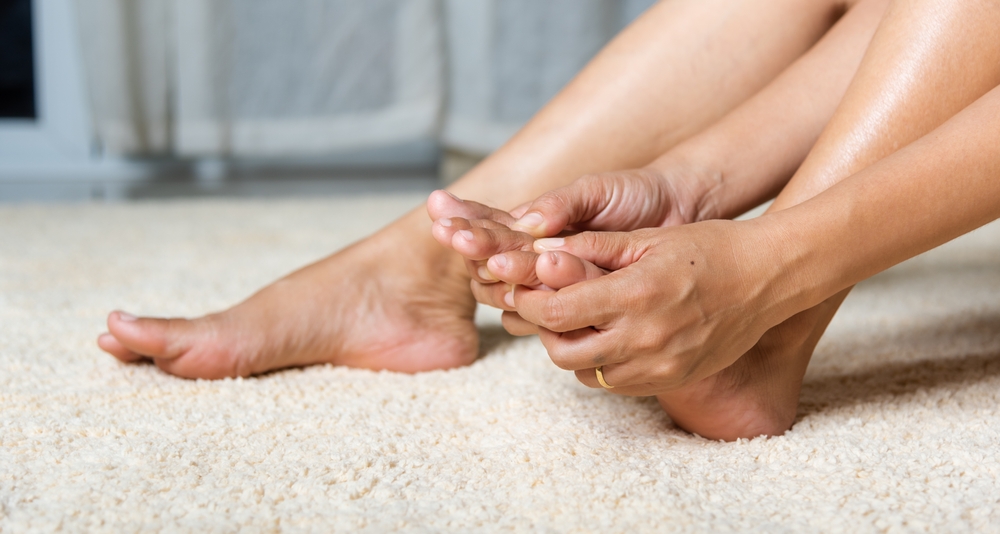
You’re walking around, minding your own business, doing your daily tasks, when suddenly you feel your foot acting up. It feels like there’s something stuck in your shoe, bugging you every time you take a step. You start feeling all sorts of weird sensations, and it becomes clear that something is going on.
This often happens after Morton’s neurectomy surgery, where the nerve in your foot was injured or cut. In some cases, where that nerve tries to grow back, it doesn’t really go as planned. Sometimes, you have to deal with a free-spirited nerve that decides it’s going to grow by breaking all the rules.
Well, this rebel nerve of yours can cause a lot of unpleasant consequences. This can happen weeks or even months after Morton’s neurectomy surgery. It’s a sneaky surprise party from your nerves that you’d definitely want to skip.
What do they bring to that party? Pain and discomfort. It’s not a fun one, we can assure you of that. However, I’m sure your doctor has given you the heads-up about this possibility. This surprisingly happens more often than you think, so it’s better to be prepared, just in case.
Luckily, you’re here. If you suspect you may deal with this in the future, it’s good that you’ve decided to do some research beforehand and be prepared for the worst-case scenario. Recognizing the symptoms early on can make recovery a lot easier for you.
Symptoms of stump neuroma
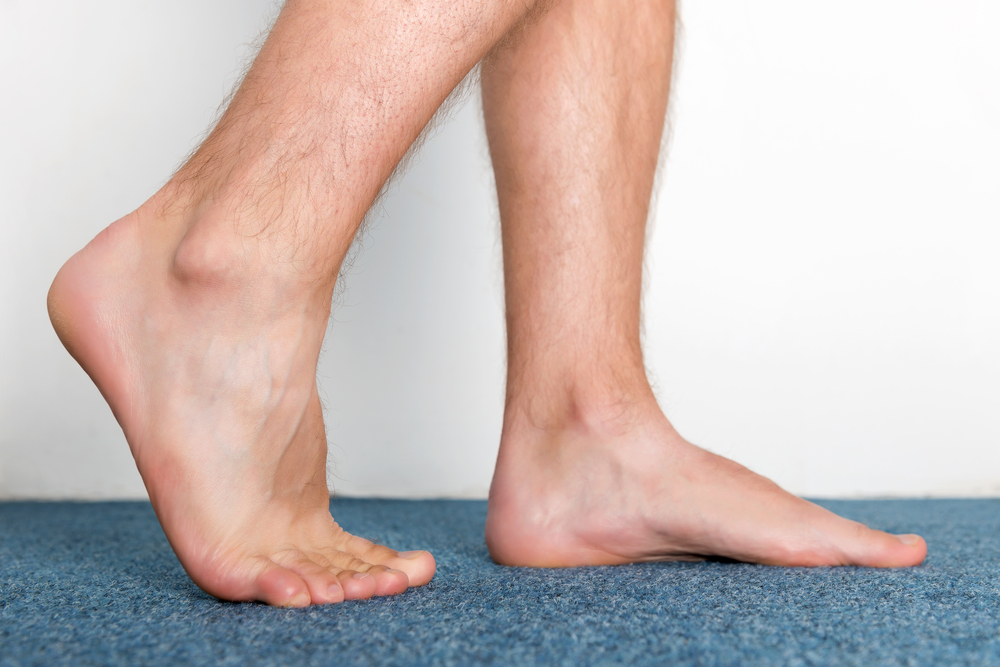
The first signs of stump neuroma may seem scary because they’ll feel way too familiar. Don’t panic if you start feeling the same way you did before the surgery, as those are the first symptoms of this condition.
One of the main ones, that you won’t be able to miss, is definitely pain. It’s not that kind of pain that just comes and goes, leaving you wondering if it even happened. This kind of pain is sharp, throbbing, and it makes you go “Ouch!” every time you take a step.
Please take it as your foot’s way of trying to grab your attention and let you know that there’s something going on. Stump neuroma, on top of pain, can bring along some other pretty uncomfortable sensations that you don’t feel often.
They’re usually the feeling of tingling, or little pins and needles poking your foot. Don’t be surprised if you feel numbness, too. It’s definitely uncomfortable, but what can make it even worse is the common feeling of burning. It doesn’t sound fun at all, I know…
It’s important to pay attention to the location of these symptoms. Stump neuroma tends to affect the area of your damaged nerve or where you had your operation. This often happens among people who had to undergo a limb amputation procedure.
The severity of these symptoms varies from person to person. While some people simply experience a bit of discomfort, others may have more intense sensations that will make them avoid walking altogether.
If you’re dealing with any of these symptoms, it’s important that you talk to a healthcare professional. Once they take a closer look, they’ll guide you on the best path to getting back on your feet again.
What should you do if you have stump neuroma?
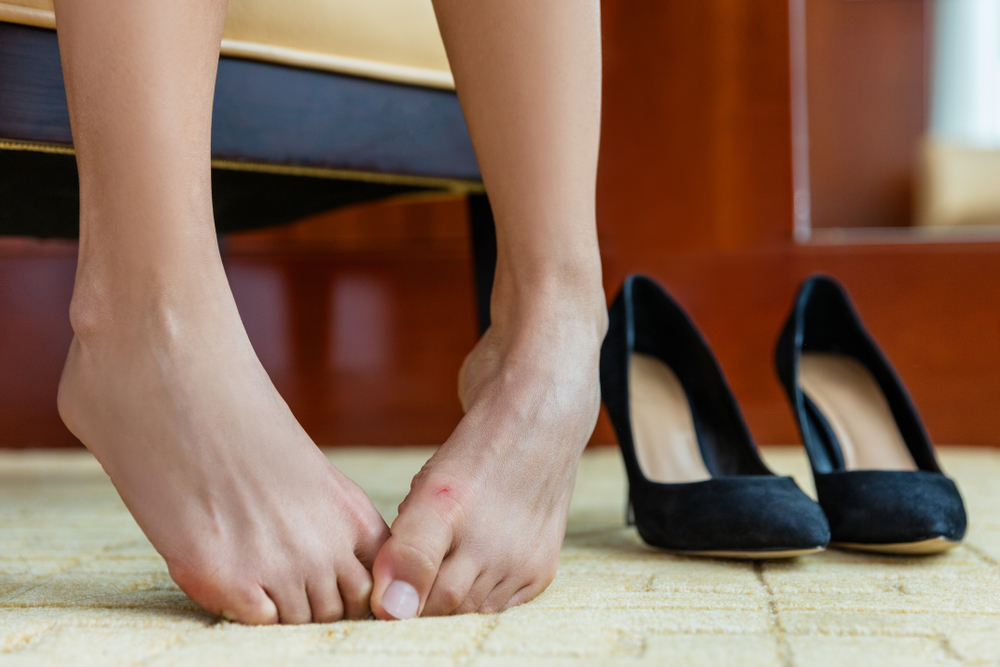
When dealing with stump neuroma, it’s important to find a specialist who can lend you a helping hand when it comes to this kind of condition. However, before jumping into another surgery, it may be a good idea to try a more conservative therapy first.
Some non-surgical methods may be enough to help you deal with this issue and get back to your normal day-to-day life. Of course, before you try any of these methods, it’s crucial that you consult with a healthcare professional so they can give you advice on what will help on your road to recovery.
Fancy procedures such as cryotherapy or radiofrequency ablation involve using cold temperatures or radiofrequency energy to bring you some temporary relief. They numb the nerve that’s been bugging you and give you a well-deserved break from pain and discomfort.
Another short-term relief from pain is a steroid injection. These little shots proved to be a great solution when it comes to calming down inflammation.
And, of course, you can always try physical therapy. It may not be the solution you need, but it’s always worth trying out. If nothing, it can help you improve your foot mobility, and work on the general improvement of your foot health.
Some methods work better than others, so make sure you give a couple of them a try before you opt for surgical intervention. If you keep putting it off, this discomfort you feel can really impact the quality of your life.
You may want to dust off the shoes you used to wear when you were dealing with Morton’s neuroma, as they could be of great help this time, too.
Shoes for stump neuroma
While you decide which treatment to try out for your stump neuroma, it’s important to find a pair of shoes that won’t make this condition any worse. Here are some of our favorite picks that may help with your pain and discomfort.
1. HOKA Gaviota 4
When you’re dealing with stump neuroma, you’ll want a roomy toe box that will help your toes spread naturally. Feeling pressure on them could only worsen your condition, but HOKA Gaviota 4 is here to save the day.
One of the standout features of this model of HOKA shoes is their oversized midsole, which offers amazing cushioning and good shock absorption. This will absolutely change your life, as it reduces the pressure on the sensitive area of your foot.
It comes with an engineered mesh upper that offers incredible flexibility and breathability, accommodating your foot’s natural movement. They provide a comfortable and snug fit that prevents any additional stress on your neuroma.
Wearing shoes that reduce the pressure on the front of your foot is crucial, which is why HOKA Gaviota 4 is definitely one of the best choices for you. They’re designed with a special sole that assists in redistributing the weight and reducing the pressure.
2. Asics MetaRide
Asics MetaRide offers amazing support and cushioning that will help you deal with your stump neuroma as it provides you the comfort you deserve.
One of the features that make this model stand out is their innovative technology, which is designed to promote a natural stride. With this, they’ve managed to take some of that painful pressure, providing much-needed relief.
On top of that, these shoes come with a wide forefoot area that provides your toes with plenty of room to move around. Not only does this make you feel a lot more comfortable, but it also reduces the pressure on the affected nerve.
Thanks to their breathable and lightweight upper, your feet get plenty of air and flexibility. If you’re someone who likes to stay active, this will be especially helpful. As their outsole is made of durable rubber, you’ll also get plenty of traction.
3. HOKA Bondi 7
Another HOKA pair on our list – are we surprised? With their excellent cushioning and support, the Bondi 7 model may be exactly what you need, and more!
This model also comes with an oversized midsole that brings you that cushioning you desperately need. They’re shock-absorbing and provide the balance that helps you maintain a steady stride.
Their breathable mesh is made of a flexible material that adapts to your foot movements, promoting a comfortable experience without any additional pressure on the inflamed area.
They prioritize good cushioning, flexibility, and that lightweight feeling we’re all looking for. If you’re not sure which shoes to try, you can never go wrong with a pair of HOKA Bondi 7s.
